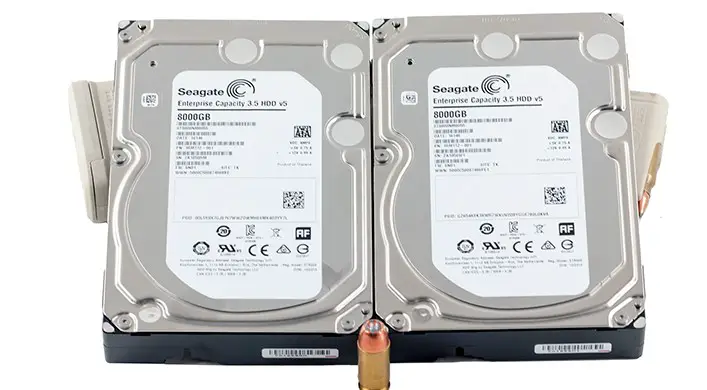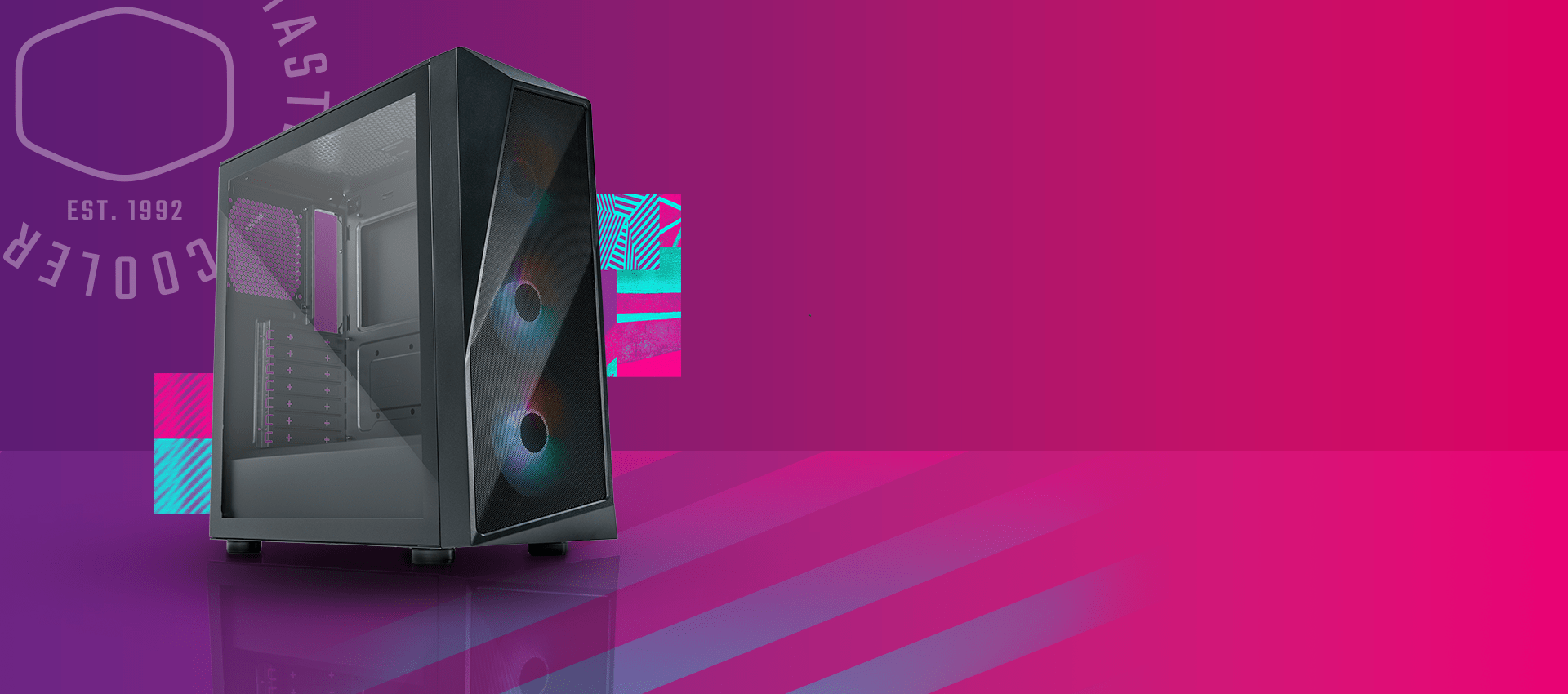System Boot Time
When it comes to hard drive performance there is one area that even the most oblivious user notices: how long it takes to load the Operating System. While all the other tests were run with a Windows 7 operating system, this particular test uses another older test bed’s “day to day” OS (copied over to our new testbed) which has accumulated a lot of crud over the months from installs and removals. We chose the Anti-Virus splash screen as our finish line as it is the last program to be loaded on start up.
With almost giggle worthy regularity this new massive-sized, massive-performance drive is once again redefining what a hard drive can offer. Better still is for the first time not only is a 7,200rpm series capable of matching but actually beating a 10,000rpm based model like the VelociRaptor. That is simply amazing.
Real World Data Transfers
No matter how good a synthetic benchmark like IOMeter is, it cannot really tell you how your hard drive will perform in “real world” situations. To this end we will be running timed data transfers to give you a general idea of how its performance relates to real life use. To help replicate worse case scenarios we will transfer a 30.00GB contiguous file, then a folder containing 1200 subfolders with a total 36,000 files varying in length from 200mb to 100kb (15.00 GB total).
Testing will include transfer to and transferring from the devices, using MS RichCopy and logging the performance of the drive. Here is what we found.
As the Enterprise Capacity 3.5 HDD v5 series is advertised as a ‘near line’ enterprise storage solution it comes as no surprise to see that this is one area where it simply shines. In RAID or out of it this drive really is a data pushing beast. So much so that it really does bring new meaning to the term ‘fast’.














